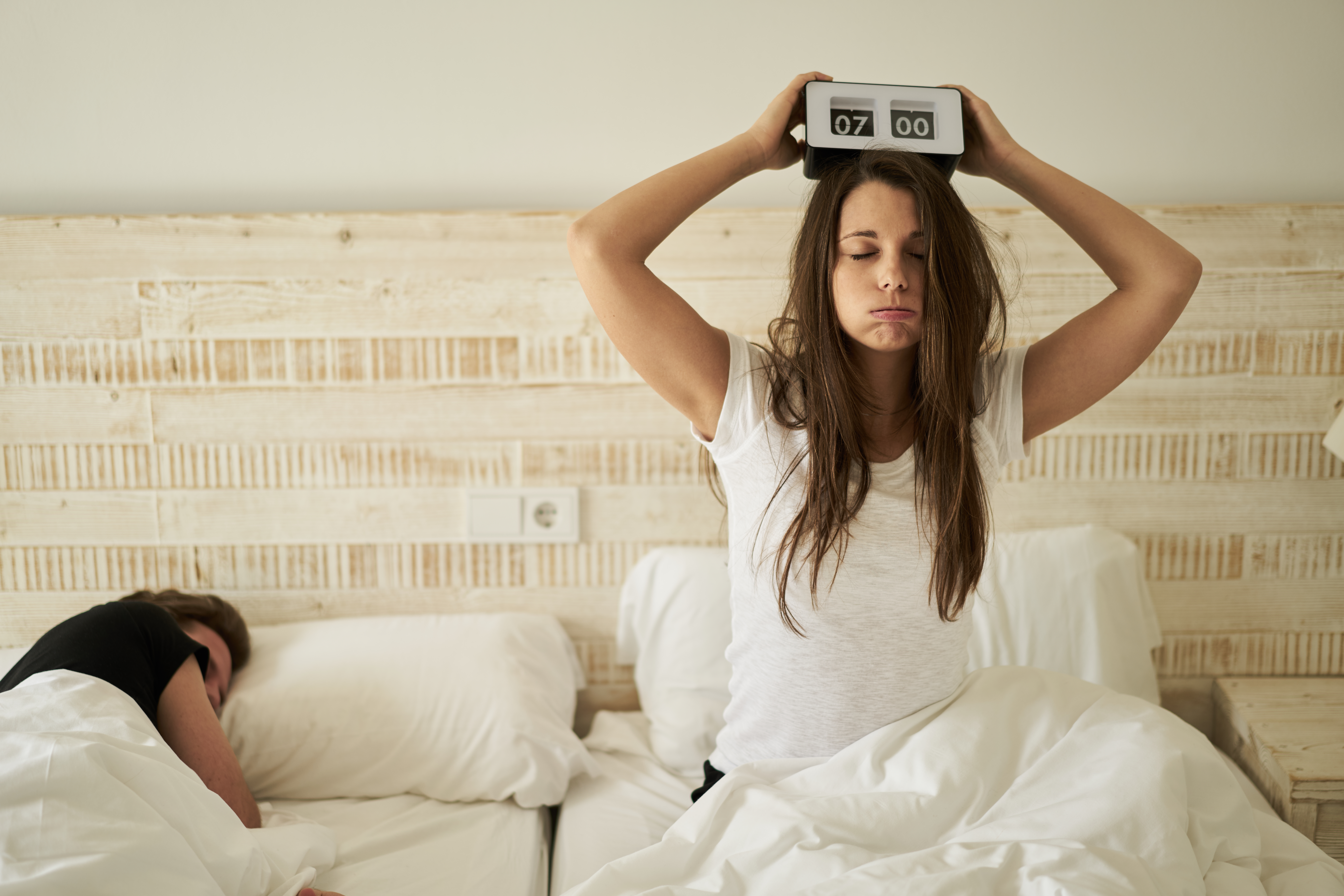Fall time change: Tips to stay well

The time change helps us benefit from a maximum amount of daylight. However, this change can have consequences for sleep and well-being. Here are some explanations to better understand the phenomenon, along with a few tips to help you get through the transition smoothly. In the spring, when days are getting longer, we live in daylight savings time. In the fall, the clocks move back to standard time. Although it may seem insignificant, this tiny change disrupts sleep and causes adverse health effects such as fatigue and irritability, lack of concentration, and even anxiety.
The issue: Disruption of the biological clock
Our bodies have an internal biological clock, called the circadian rhythm, which regulates a number of physiological functions, including sleep. The circadian rhythm is heavily influenced by external factors, especially light. When the eyes capture light, it is transmitted to the brain. At this point, the circadian rhythm sends signals to keep our bodies awake. The opposite happens when darkness sets in. In the fall, when clocks are turned back one hour, a temporary desynchronization occurs between our biological clock and our environment. Let’s consider the example of a person who normally goes to bed at 10 p.m. and gets up at 6 a.m. In the spring, when clocks go forward, they may feel sleepy later in the day, since the body has not yet adapted to the change. Then, when we return to standard time in the fall, the person is likely to fall asleep and wake up earlier. It takes about one week to adjust to the time change. During this time, sleep may be less restful, more fragmented and often accompanied by problems falling asleep, leading to greater fatigue and moodiness.
Some tips to counter the effects of the time change
Here are a few strategies to minimize the adverse effects of the time change on sleep:
- Gradually adapt to the change. A few days before, go to bed later and get up later. Delay your bedtime and wake-up time by 15 to 30 minutes each day. This will help your biological clock adjust more gently.
- Quickly settle into a regular schedule, both during the week and on weekends. This allows you to regulate your circadian rhythm and sets the tone for the rest of your day. To help you, consider using an alarm clock or planning social activities in the morning.
- Take advantage of natural light; it plays an essential role in regulating our circadian rhythm. During the day, enjoy some time outdoors to help your brain find its rhythm and send the right signals at the right time. When you get up in the morning, open the curtains to let in the daylight, or better still, go outside without sunglasses. If it’s too dark when you get out of bed, try using light therapy, which involves exposure to intense light from a specially designed lamp for at least 30 minutes per day, from October to April.
- Adopt good sleep hygiene:
- Avoid stimulants before bedtime. Caffeine, nicotine and other stimulants can have a negative impact on your sleep. Avoid them in the evening, especially shortly before bedtime.
- Avoid screens and dim the lights. This will help signal to your body that it is time to go to bed.
- Reduce your stress. For some people, difficulty falling asleep due to the time change can cause stress or anxiety. Relaxation techniques such as deep breathing or yoga before going to bed can help you unwind and reduce stress.
- Create a winning sleep environment. To encourage restful sleep, make sure your bedroom is dark, quiet and at a comfortable temperature.
- For more information, please check out our best sleep hygiene practices.
- Be patient with yourself and do not worry if you feel you are not fully adapted to the new schedule from the first day.
However, if the sleep disorder persists or worsens after seven days, do not hesitate to seek help.
